Russian biophysicist Alexei Karnaukhov wants to stop our natural aging process with the help of gene therapy, and he successfully completed the first part of his experiment to increase longevity.
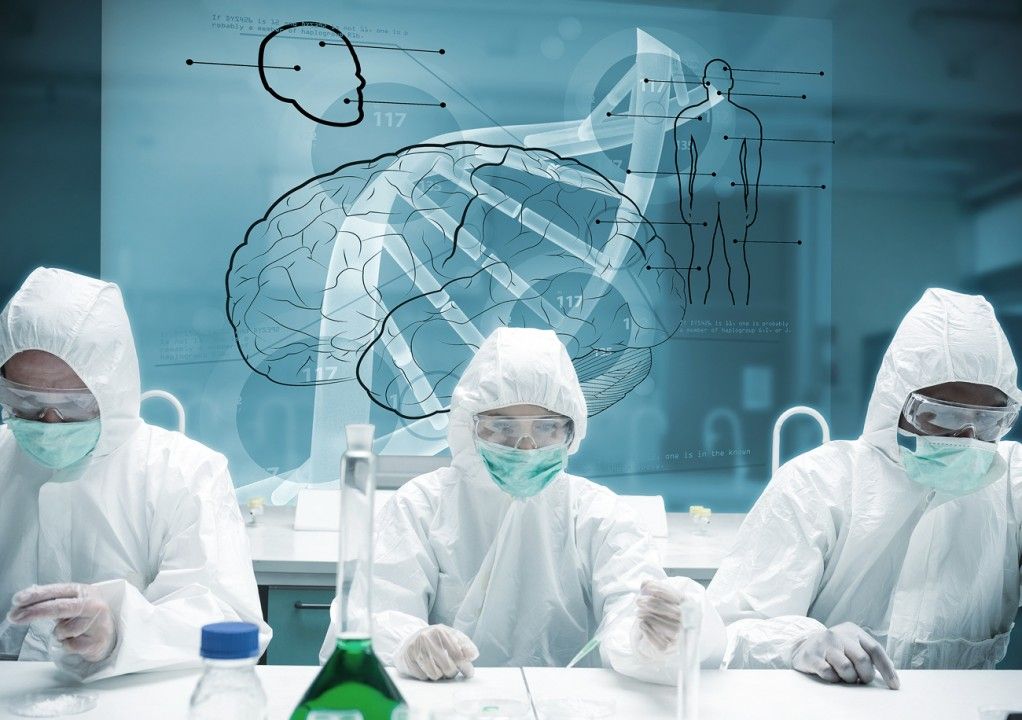


PCG-1α therapy shows promise in treating age-related decline.
It is always a good idea to look closely at the biochemistry involved in any potential Alzheimer’s disease therapy that shows promise in mouse models. There is perhaps more uncertainty for Alzheimer’s than most other age-related conditions when it comes to the degree to which the models are a useful representation of the disease state in humans — which might go some way towards explaining the promising failures that litter the field. In the research here, the authors are aiming to suppress a step in the generation of amyloid-β, one of the proteins that aggregates in growing amounts and is associated with brain cell death in Alzheimer’s disease. They achieve this goal using gene therapy to increase the level of PGC-1α, which in turn reduces the level of an enzyme involved in the production of amyloid-β. Interestingly, increased levels of PGC-1α have in the past been shown to produce modest life extension in mice, along with some of the beneficial effects to health associated with calorie restriction.
Quote:
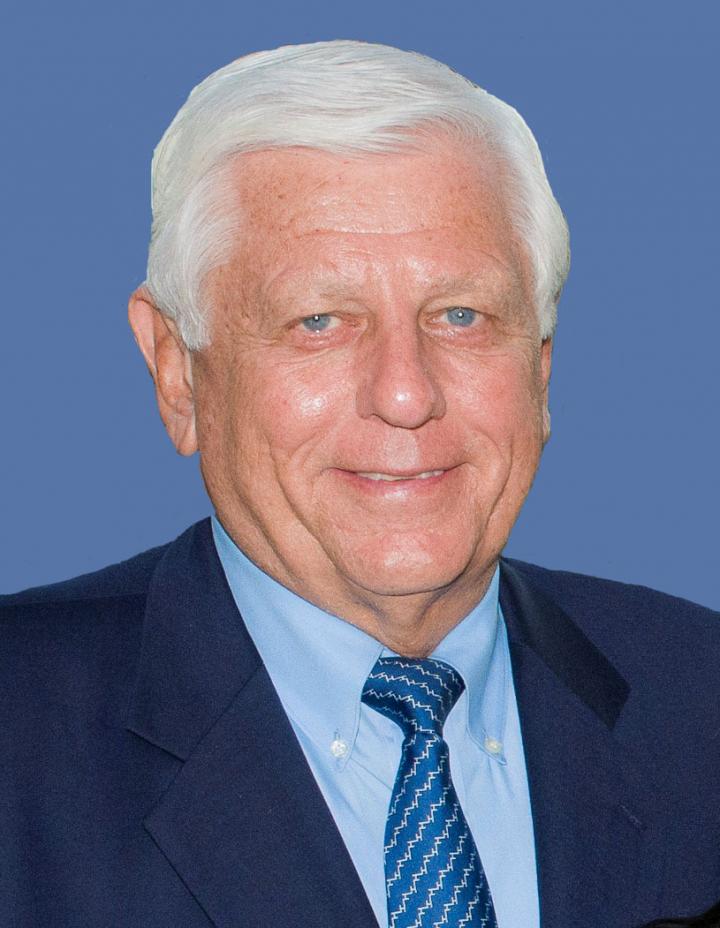
Time to get the toothbrush out and brush for longevity!
For decades, research has suggested a link between oral health and inflammatory diseases affecting the entire body — in particular, heart attacks and strokes.
The results released today from a randomized trial of a novel plaque identifying toothpaste, (Plaque HD®), show statistically significant reductions in dental plaque and inflammation throughout the body. Inflammation throughout the body is accurately measured by high sensitivity C-reactive protein (hs-CRP), a sensitive marker for future heart attacks and strokes. These results, published today online ahead of print in the American Journal of Medicine, with an accompanying editorial by the editor-in-chief, show that Plaque HD®, produced statistically significant reductions in dental plaque and inflammation throughout the body as measured by hs-CRP.
In this trial, all randomized subjects were given the same brushing protocol and received a 60-day supply of toothpaste containing either Plaque HD® or an identical non-plaque identifying placebo toothpaste. To assess dental plaque, all subjects utilized a fluorescein mouth rinse, and intraoral photographs were taken under black light imaging. For hs-CRP, levels were measured by an independent laboratory using an enzyme linked immunosorbent assay.
Humanized organs in gene-edited animals is one potential way medicine can deal with the demand for transplant organs.
One potential avenue for research and to help solve the organ shortage is to modify animals to be closer matched to humans in order to have organs capable of being used for transplant. This short paper is an interesting primer into the subject and touches upon the technical and ethical concerns involved here.
It is one possible solution to the problem, however, 3D bioprinting increases in sophistication and other methods are also being developed that would render this approach needless. Still this is an interesting insight into regenerative medicine and one possible path research might take.
#LifespanIO #aging #crowdfundthecure
http://www.futuremedicine.com/doi/10.2217/rme-2016-0096
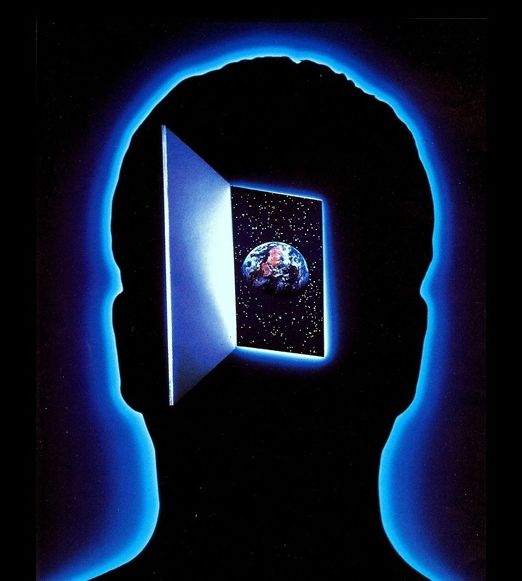
Now, from the wild side.
Quantum Theory Proves Consciousness Moves To Another Universe After Death. There is an interesting new theory emerging from a scientist long familiar with physics, quantum mechanics and astrophysics. Biocentrism teaches that life and consciousness are fundamental to the universe. It is consciousness that creates the material universe, not the other way around. At least, the new thinking that has given birth to the new theory of biocentrism, which the professor, Dr. Robert Lanza, freely espouses. Lana has been voted the 3rd most important scientist alive by the NY Times. Lanza is an expert in regenerative medicine and scientific director of Advanced Cell Technology Company. Before he has been known for his extensive research which dealt with stem cells, he was also famous for several successful experiments on cloning endangered animal species. Biocentrism—is a concept proposed in 2007 by American doctor of medicine Robert Lanza, a scientist in the fields of regenerative medicine and biology, which sees biology as the central driving science in the universe, and an understanding of the other sciences as reliant on a deeper understanding of biology. Biocentrism states that life and biology are central to being, reality, and the cosmos—consciousness creates the universe rather than the other way around. It asserts that current theories of the physical world do not work, and can never be made to work, until they fully account for life and consciousness. While physics is considered fundamental to the study of the universe, and chemistry fundamental to the study of life, biocentrism claims that scientists will need to place biology before the other sciences to produce a theory of everything.

Researchers have discovered a link between a protein and aging
A protein found within the powerhouse of a cell could be the key to holding back the march of time, research by scientists at The University of Nottingham has shown and the discovery could offer a new target for drugs that may help to slow the debilitating effects of ageing on our bodies.
Their research, published in the academic journal Aging, could have special significance for combatting age related decline and halting the progression of neurodegenerative conditions such as Alzheimer’s and Parkinson’s Disease.
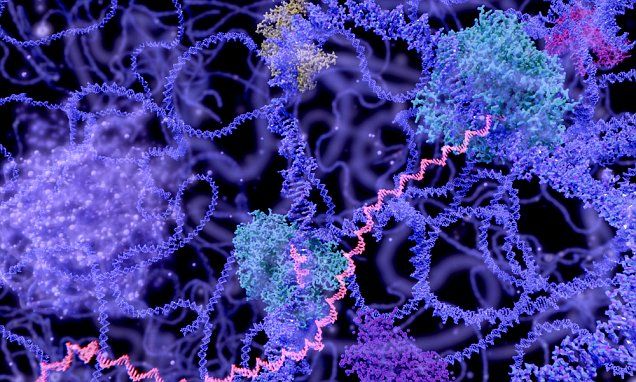
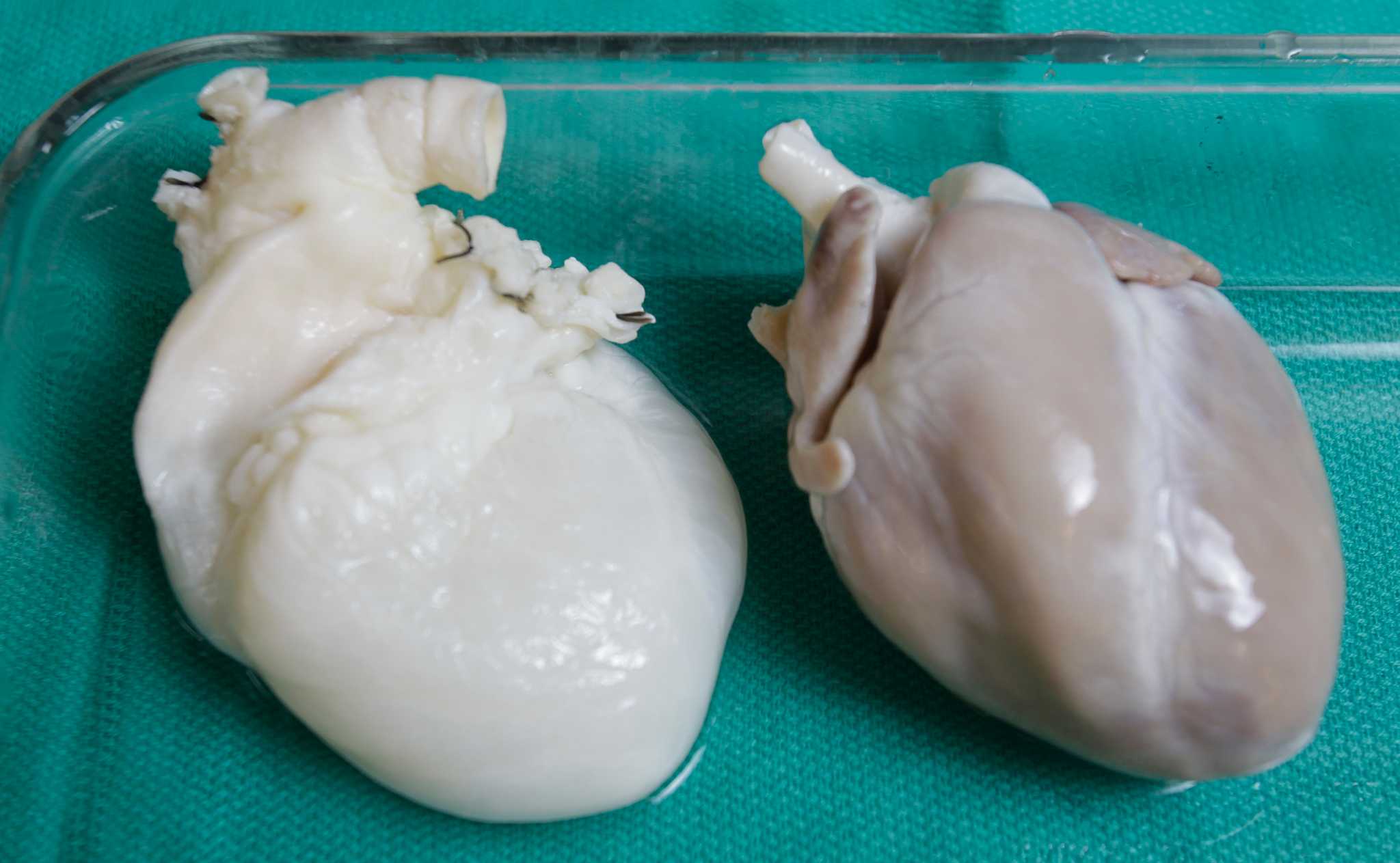
Inside Doris Taylor’s lab at the Texas Heart Institute are ethereal white pig hearts, stripped of their cells and now a blank slate of an organ.
Removing cells from an organ is fairly simple for scientists like Taylor. Rebuilding the organ by injecting stem cells is the tricky part.
But that’s exactly what Taylor hopes to do: grow a human heart by injecting human stem cells into a “decellularized” organ.

